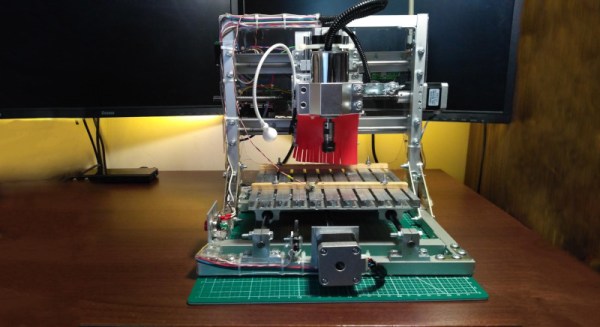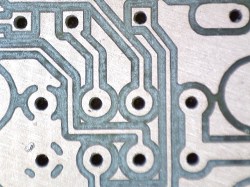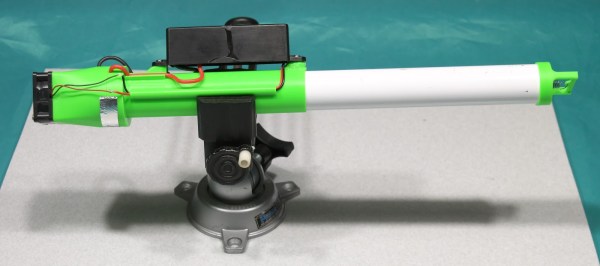Nixie tubes are a perennial favorite, with their burnt orange glow bringing a smile to the face of even the most jaded maker. Due to their power requirements they’re usually seen in desktop clocks, but [RemcoK3] decided to whip up a Nixiewatch, with stylish results.
Packing twin Nixie tubes, the watch displays hours first, then minutes. An accelerometer is fitted, switching the tubes on when the user checks the watch. There’s also Bluetooth and WiFi connectivity, which can be used to set the time as well as check the remaining battery life. Standby time is estimated to be 350 hours, thanks to a low-power microcontroller and keeping the tubes off most of the time.
The presentation is where this watch really shines, sporting as it does an RGB LED for backlighting and an attractive aluminium case. The design is simple, helping to highlight the industrial beauty of the Nixie tubes themselves. The housing was first mocked up with 3D printed parts, before the final piece was CNC milled. [RemcoK3] is contemplating anodizing the watch, but we think that the brushed aluminium already looks perfect.
If you’ve grown tired of the Nixie aesthetic, fear not – numitron watches are also a thing!






















